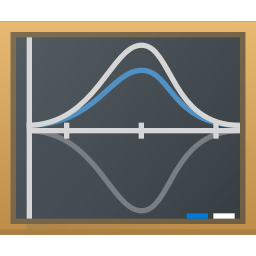

Let’s just assume that the Christmas tree includes a test to check if our readers are humans 🙂
Official account of #LabPlot: a #FREE, #OpenSource and #CrossPlatform #DataVisualization and #DataAnalysis #Software #Accessible to everyone. Join us!
• High-quality #DataViz and #Plotting
• Reliable and easy #DataAnalysis and #Statistics,
• Intuitive and fast #Computing with Interactive #Notebooks (#Python #R #Octave etc.)
• Effortless #DataExtraction from #plots and support for #LiveData
• Smooth Data #Import and #Export (multiple formats)
• Available for #Windows, #macOS, #Linux and #FreeBSD


Let’s just assume that the Christmas tree includes a test to check if our readers are humans 🙂


Is the act of distinguishing a question from an answer as difficult as recognizing spurious correlations?
The question has been raised earlier by others,. See for example this paper from 2021 (Measuring the effect of energy consumption on the epidemic
of overweight in Latin America and Caribbean countries):


If you are interested, please see also this thread on the importance of visualizing data (the Anscombe’s quartet, Simpson’s paradox are also included in @LabPlot):
https://mstdn.social/@onemoment/109692198312380103
#Anscombe #SimpsonsParadox #DatasaurusDozen #Visualization #DataViz


We agree. But still, a question is just a question, and you can always refine your questions.
Matejka, J., & Fitzmaurice, G. (2017). Same Stats, Different Graphs: Generating Datasets with Varied Appearance and Identical Statistics through Simulated Annealing.
BTW, the Datasaurus Dozen example is already available in @LabPlot via File > Open Example.


For example: Tonga, Samoa, Kiribati, Nauru with electricity consumption per capita (the median) 548 kWh.
@nikoof
Our Christmas tree includes a test to check if our readers are humans 😉